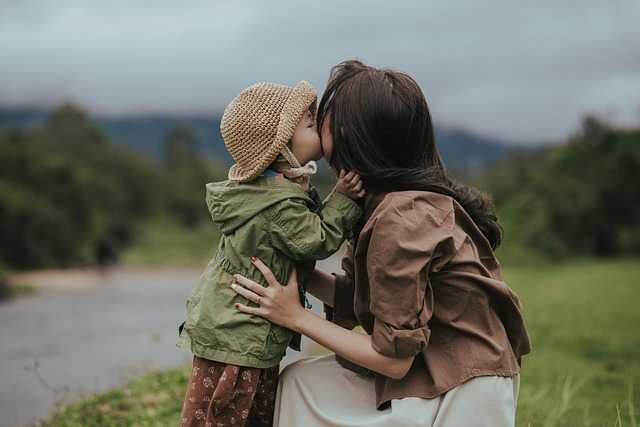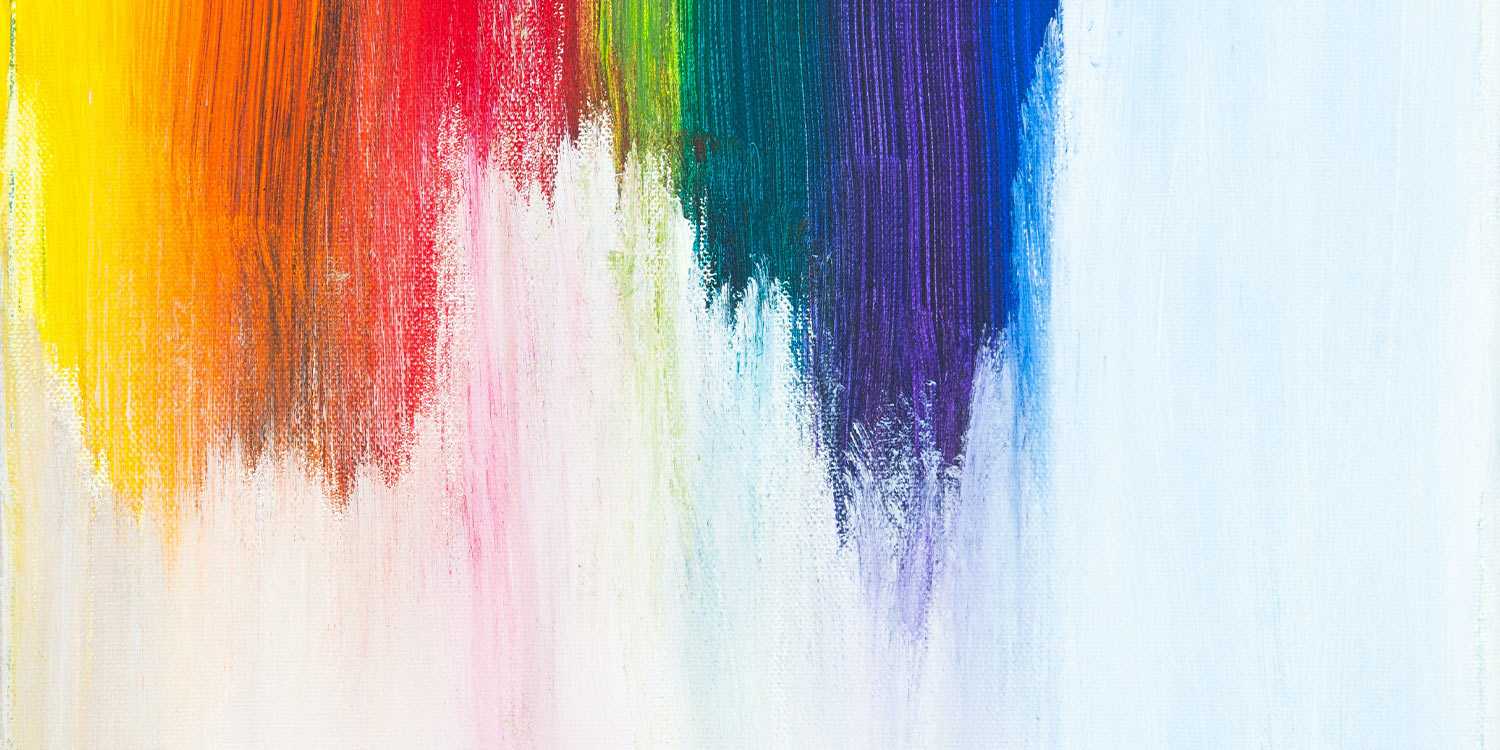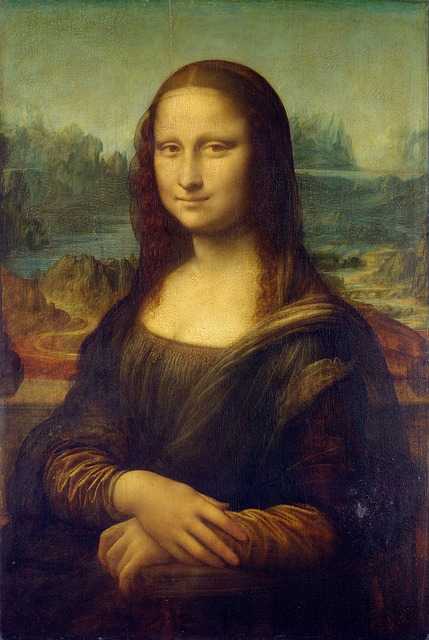Table of Contents
- Understanding the Essence of Abstract Art Paintings
- Exploring Techniques and Styles in Abstract Art
- Choosing the Right Abstract Art for Your Space
- Caring for Your Abstract Art Collection
- Q&A
- Key Takeaways
Understanding the Essence of Abstract Art Paintings
Abstract art paintings serve as a magnificent exploration of emotions, thoughts, and interpretations, often moving beyond the boundaries of reality. This genre challenges the viewer to engage not just visually but emotionally, allowing a personal experience with the artwork. The essence of abstract art lies in its ability to convey complex ideas through simple forms, colors, and textures, leaving ample room for individual interpretation. Rather than providing a clear narrative, abstract paintings invite viewers to probe deeper into their subconscious, prompting a dialogue between what is seen and what is felt.
One of the distinguishing factors of abstract art is its freedom of expression. Unlike traditional art forms that usually depict recognizable subjects—like landscapes or portraits—abstract art often focuses on the interplay of color, line, and shape. Artists draw from their emotions, experiences, and perceptions, often using these elements to communicate a mood or a feeling rather than a concrete story. For instance, bold colors may reflect intense passion, while softer tones could signify tranquility. This variety of expression not only showcases the artist’s skills but also allows the audience to connect through personal experiences and emotions.
Moreover, the relationship between the artist and the viewer plays a crucial role in understanding abstract art. Each piece serves as a visual question that aims to elicit a response. As the audience interacts with the painting, they project their own feelings and interpretations onto it. This can create a unique experience for each observer, making no two interactions the same. Some might see chaos in a whirlwind of colors, while others may find harmony. This subjective engagement transforms abstract art into a personalized journey rather than a mere observation of paint on canvas.
To further appreciate abstract art, one can consider key elements that often appear within this genre. These include:
- Color: The use of color contrasts and harmonies can evoke a wide range of emotions.
- Form: Geometric or organic shapes can provoke different interpretations and reactions.
- Texture: The tactile quality of the paint can add a layer of depth and intrigue to the visual experience.
- Symbolism: Many artists embed personal and cultural symbols within their work, inviting deeper exploration.
opens up a world of creativity and personal expression that transcends the conventional. By embracing the myriad of interpretations and emotional responses that these works invoke, both artists and viewers can experience a rich tapestry of visual dialogue, celebrating the boundless possibilities of artistic expression.


Exploring Techniques and Styles in Abstract Art
Abstract art is a fascinating realm that thrives on the interplay of emotion, imagination, and individual interpretation. By distilling the essence of a subject rather than depicting it in a realistic manner, artists push boundaries and invite viewers into a world where colors, shapes, and forms communicate on a visceral level. Key techniques employed in abstract art include:
- Color Field Painting: This technique utilizes large expanses of color to evoke depth and emotion.
- Geometric Abstraction: Artists focus on shapes and patterns, often using lines and angles to create a sense of structure.
- Action Painting: Emphasizing spontaneity and dynamic brush strokes, this style captures the physical act of painting itself.
When it comes to styles, abstract art offers a diverse palette that draws from various influences and artistic movements. Some notable styles include:
- Surrealism: Merging dreamlike elements with abstract forms, surrealism invites viewers to explore the subconscious.
- Expressionism: Focused on representing emotional experience, expressionistic abstract art often prioritizes feeling over form.
- Minimalism: Stripped down to its essential elements, minimalist abstract art emphasizes simplicity and purity in design.
To provide a clearer view of these distinctions, consider the following table comparing a few popular abstract styles along with their key characteristics:
| Style | Main Characteristics | Famous Artists |
|---|---|---|
| Color Field | Large areas of solid color to evoke emotion | Mark Rothko, Barnett Newman |
| Geometric Abstraction | Use of geometric shapes, balance, and symmetry | Piet Mondrian, Kazimir Malevich |
| Action Painting | Dynamic, spontaneous application of paint | Jackson Pollock, Willem de Kooning |
Whether confronting the viewer with bold colors or graceful curves, abstract art continually challenges our perceptions and invites a dialogue between the artwork and its audience. By exploring various techniques and styles, artists redefine what it means to create and appreciate art, fostering a broader understanding of creativity in all its forms.


Choosing the Right Abstract Art for Your Space
When selecting abstract art for your space, consider how the colors and shapes align with your overall decor. Abstract art is versatile and can become a focal point or complement existing elements within your room. Start by evaluating the color palette of your furniture and walls. Do you prefer bold, vibrant hues to invigorate energy, or softer, muted tones for a calming effect? Your choice can drastically alter the mood of the area.
Next, think about the scale of the artwork. A smaller piece might get lost on a large wall, while an oversized canvas can overwhelm a compact space. To find balance:
- Measure wall space to envision dimensions.
- Consider multiple pieces to create a gallery wall.
- Mix sizes for a dynamic visual interest.
Another key factor is style coherence. While abstract art can introduce a playful element, it should still harmonize with your existing design style—be it modern, rustic, or industrial. Evaluate the shapes and lines in the artwork. Angular pieces might work well in minimalist setups, while organic shapes could enhance a bohemian vibe. To make the selection process easier, refer to a simple guide:
| Style | Suggested Shapes | Color Palette |
|---|---|---|
| Modern | Geometric | Bold, monochromatic |
| Rustic | Organic | Earth tones |
| Bohemian | Fluid | Vibrant, mixed |
| Industrial | Abstract lines | Muted, metallic |
Lastly, let your personal taste dictate the final choice. Abstract art is subjective, and your space should resonate with your own aesthetics. Explore different artists and styles to find pieces that speak to you. Don’t hesitate to invest in a time-honored piece or a piece from emerging artists. Remember, the right artwork can tell a story, evoke emotion, and make your space uniquely yours.


Caring for Your Abstract Art Collection
Caring for an abstract art collection requires a blend of passion and practical knowledge. Unlike traditional artworks, abstract pieces may challenge the viewer while simultaneously engaging them deeply. To maintain the integrity and vibrancy of your collection, consider these essential care tips:
- Temperature and Humidity Control: Abstract art can be sensitive to environmental factors. Aim to keep your space between 65°F and 75°F (18°C to 24°C) with humidity levels around 40-60%. This balance helps prevent deterioration of materials.
- Proper Handling: When moving artwork, always wear clean, cotton gloves to avoid leaving fingerprints. It’s advisable to use two people for larger pieces to prevent accidental drops or damage.
- Regular Dusting: Use a soft, lint-free cloth to gently wipe the surface of your art. Dust accumulation can dull colors and detract from the overall presentation.
- Lighting Considerations: Position your art away from direct sunlight to prevent fading. Consider using LED lighting that mimics natural daylight but is less damaging to pigments.
Every collection is unique, and creating an inventory can help you keep track of your pieces and their condition. This document should include details such as:
| Artwork Title | Artist | Date Acquired | Condition Notes |
|---|---|---|---|
| The Color Surge | Jessica Rowan | March 2022 | Excellent condition, vibrant hues. |
| Thought Patterns | Lee Anderson | November 2021 | Minor frame scuffing. |
| Dreamscape | Cara Lee | July 2020 | Needs cleaning. |
Consider engaging with professionals for conservation, especially for pieces that have considerable value or sentimental significance. Framing can also play a crucial role in preservation, so choose frames that protect your artwork while complementing its style. Furthermore, display your collection in ways that encourage viewing from different angles, enhancing the dynamic experience that abstract art offers.
Q&A
Q&A: Understanding Abstract Art Paintings
Q: What is abstract art? A: Abstract art is a form of artistic expression that diverges from traditional representation. It prioritizes colors, shapes, and forms rather than specific objects or scenes, allowing artists to convey emotions and ideas in unique ways. The result often invites the viewer to interpret meaning on a personal level.Q: How do abstract artists choose their color palettes? A: Color selection in abstract art is often intuitive. Artists might choose colors based on emotional resonance, personal experiences, or aesthetic balance. Some may utilize color theory to create harmony or contrast, while others might rely on instinct or the feelings evoked by each hue during the creative process.
Q: Can abstract art be a form of communication? A: Absolutely! Abstract art serves as a visual language that transcends words. Through color, form, and texture, artists communicate complex emotions and concepts. Viewers engage with the artwork, interpreting its message based on their perspectives and experiences. Each interaction can evoke varying responses, making it a deeply personal dialogue.
Q: Who are some notable abstract artists? A: The world of abstract art boasts many influential figures. Artists like Wassily Kandinsky, Piet Mondrian, and Jackson Pollock pioneered approaches that reshaped the art landscape. More contemporary artists like Mark Rothko and Yayoi Kusama continue to push the boundaries, each contributing their unique voice to the abstract movement.
Q: Are there specific techniques commonly used in abstract paintings? A: Yes! Abstract artists employ various techniques, such as layering, dripping, and splattering paint to achieve desired effects. Techniques like collage and mixed media can also enhance texture and depth. The freedom in abstract art allows for experimentation, making each artist’s method distinctive.
Q: What should I consider when viewing an abstract painting? A: When engaging with an abstract painting, allow yourself the freedom to feel rather than analyze. Pay attention to the emotions that arise, the movement of colors, and the composition. Consider what the piece evokes in you—whether it’s joy, confusion, or tranquility. It’s all about your personal journey through the art.
Q: How can I start creating abstract art? A: Begin with an open mind and a willingness to experiment. Gather your preferred materials, like paints, brushes, or even mixed media items like fabric and paper. Start by playing with colors and shapes, allowing intuition to guide you. Remember, there are no right or wrong outcomes in abstract art—embrace spontaneity!
Q: Is abstract art a good investment? A: Investing in abstract art can be a rewarding experience, but it depends on personal taste and market trends. As with any artwork, it’s wise to research artists, galleries, and auction results. Investing in pieces that resonate with you not only adds aesthetic value to your space but can also appreciate over time.
Q: How do art movements influence abstract art? A: Abstract art has been shaped by various movements, including Fauvism, Surrealism, and Expressionism. Each movement introduced new ideas and techniques that influenced artists’ approaches. The evolution of society, technology, and philosophy also plays a role in how abstract art develops and reflects contemporary issues and dialogues.
By exploring the world of abstract art through these questions, you can gain a deeper understanding and appreciation of this captivating and multifaceted form of visual expression. Let your journey into abstract art be as colorful and boundless as the artworks themselves!







